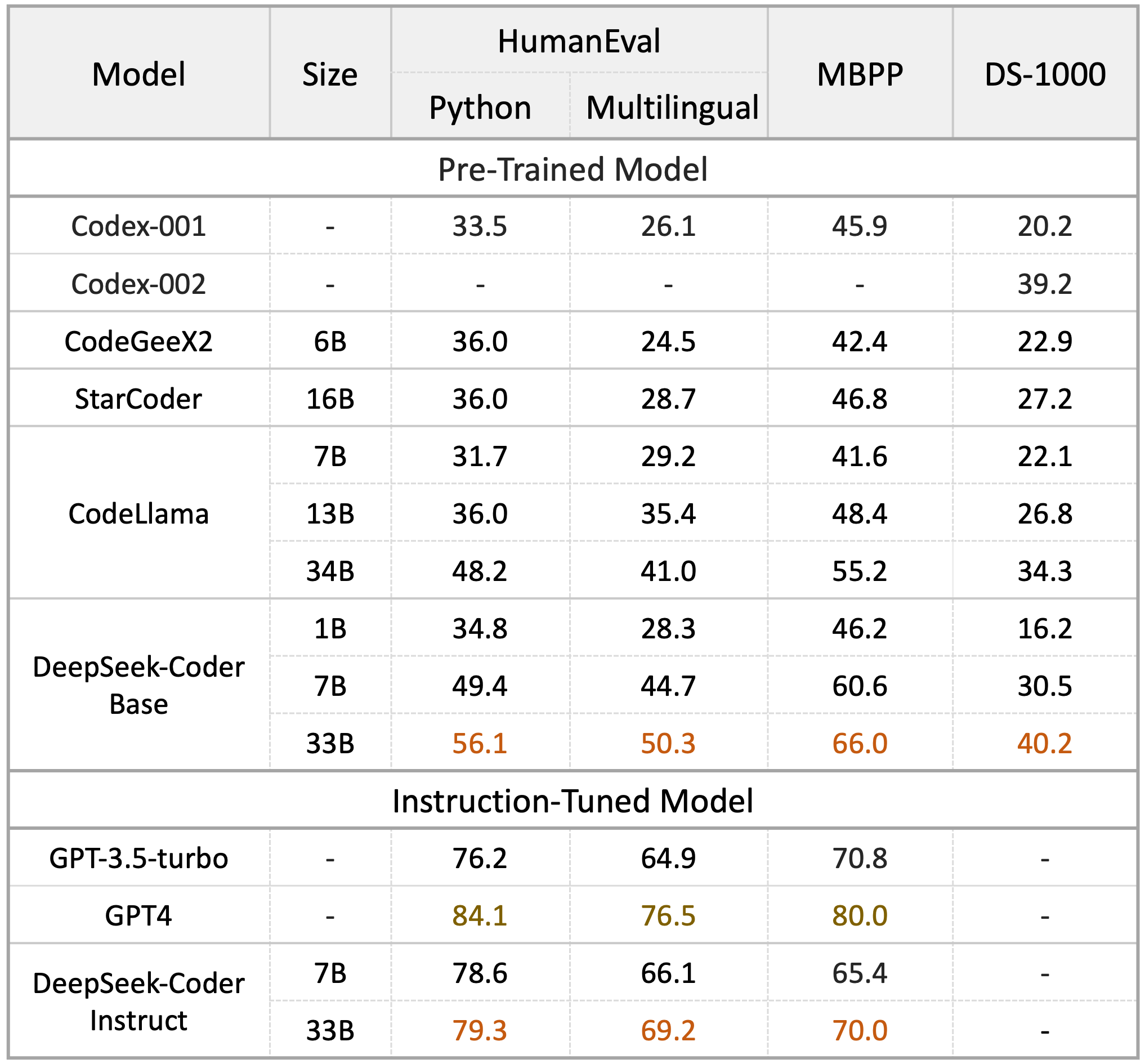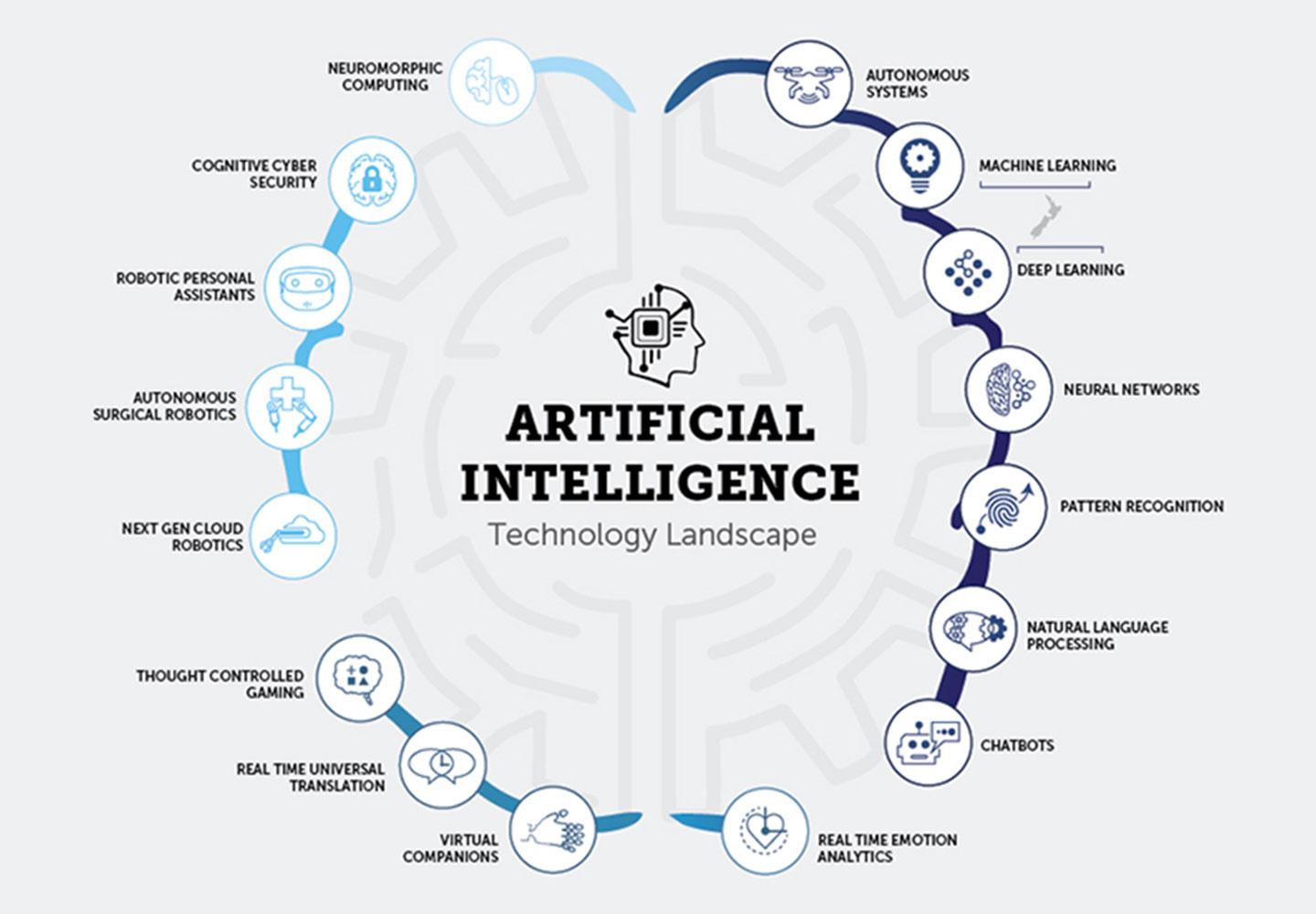Overview
-
Sectors Health Care
-
Posted Jobs 0
-
Viewed 37
Company Description
MIT Researchers Develop an Effective Way to Train more Reliable AI Agents
Fields ranging from robotics to medication to government are attempting to train AI systems to make meaningful decisions of all kinds. For instance, using an AI system to wisely manage traffic in an overloaded city could help motorists reach their locations faster, while improving safety or sustainability.
Unfortunately, teaching an AI system to make great choices is no simple job.
Reinforcement knowing models, which underlie these AI decision-making systems, still typically fail when confronted with even small variations in the jobs they are trained to carry out. In the case of traffic, a design may struggle to manage a set of crossways with different speed limits, varieties of lanes, or traffic patterns.
To enhance the dependability of reinforcement learning models for complicated jobs with variability, MIT scientists have actually presented a more efficient algorithm for training them.
The algorithm tactically selects the very best tasks for training an AI agent so it can successfully perform all jobs in a collection of related jobs. In the case of traffic signal control, each task might be one intersection in a job space that includes all intersections in the city.

By focusing on a smaller sized variety of crossways that contribute the most to the algorithm’s total effectiveness, this method optimizes efficiency while keeping the training expense low.
The researchers discovered that their technique was in between 5 and 50 times more effective than basic approaches on a selection of simulated tasks. This gain in effectiveness assists the algorithm learn a better solution in a faster manner, eventually enhancing the efficiency of the AI representative.
“We were able to see incredible performance enhancements, with a really simple algorithm, by thinking outside the box. An algorithm that is not really complex stands a much better chance of being embraced by the neighborhood since it is easier to carry out and easier for others to understand,” says senior author Cathy Wu, the Thomas D. and Virginia W. Cabot Career Development Associate Professor in Civil and Environmental Engineering (CEE) and the Institute for Data, Systems, and Society (IDSS), and a member of the Laboratory for Information and Decision Systems (LIDS).
She is signed up with on the paper by lead author Jung-Hoon Cho, a CEE college student; Vindula Jayawardana, a graduate student in the Department of Electrical Engineering and Computer Technology (EECS); and Sirui Li, an IDSS college student. The research study will exist at the Conference on Neural Information Processing Systems.
Finding a middle ground
To train an algorithm to manage traffic lights at numerous crossways in a city, an engineer would normally select between two primary techniques. She can train one algorithm for each crossway separately, utilizing just that crossway’s information, or train a larger algorithm utilizing information from all intersections and after that apply it to each one.

But each method includes its share of downsides. Training a different algorithm for each job (such as a given crossway) is a time-consuming procedure that requires an enormous quantity of data and computation, while training one algorithm for all jobs typically causes below average performance.
Wu and her collaborators sought a sweet spot between these two techniques.
For their approach, they select a subset of tasks and train one algorithm for each task independently. Importantly, they strategically choose individual tasks which are most likely to enhance the algorithm’s general performance on all tasks.
They take advantage of a typical technique from the reinforcement learning field called zero-shot transfer learning, in which an already trained design is used to a new job without being additional trained. With transfer learning, the design often performs extremely well on the brand-new neighbor task.
“We understand it would be perfect to train on all the jobs, however we wondered if we might get away with training on a subset of those tasks, apply the result to all the tasks, and still see a performance increase,” Wu states.
To recognize which jobs they ought to pick to maximize predicted efficiency, the scientists developed an algorithm called Model-Based Transfer Learning (MBTL).
The MBTL algorithm has 2 pieces. For one, it designs how well each algorithm would carry out if it were trained individually on one task. Then it models how much each algorithm’s efficiency would break down if it were transferred to each other job, an idea called generalization efficiency.
Explicitly efficiency permits MBTL to estimate the worth of training on a new job.

MBTL does this sequentially, choosing the task which leads to the greatest performance gain initially, then selecting extra tasks that supply the biggest subsequent marginal improvements to total efficiency.

Since MBTL only concentrates on the most promising jobs, it can significantly improve the efficiency of the training process.
Reducing training costs

When the researchers evaluated this strategy on simulated jobs, including controlling traffic signals, managing real-time speed advisories, and performing a number of timeless control jobs, it was 5 to 50 times more efficient than other methods.
This suggests they might reach the same solution by training on far less information. For circumstances, with a 50x effectiveness increase, the MBTL algorithm could train on just two jobs and achieve the exact same performance as a basic approach which uses information from 100 tasks.
“From the point of view of the two main approaches, that means information from the other 98 jobs was not needed or that training on all 100 jobs is confusing to the algorithm, so the efficiency winds up worse than ours,” Wu states.

With MBTL, including even a percentage of additional training time might lead to far better efficiency.
In the future, the scientists prepare to develop MBTL algorithms that can extend to more complicated issues, such as high-dimensional task spaces. They are also interested in using their method to real-world issues, particularly in next-generation mobility systems.



